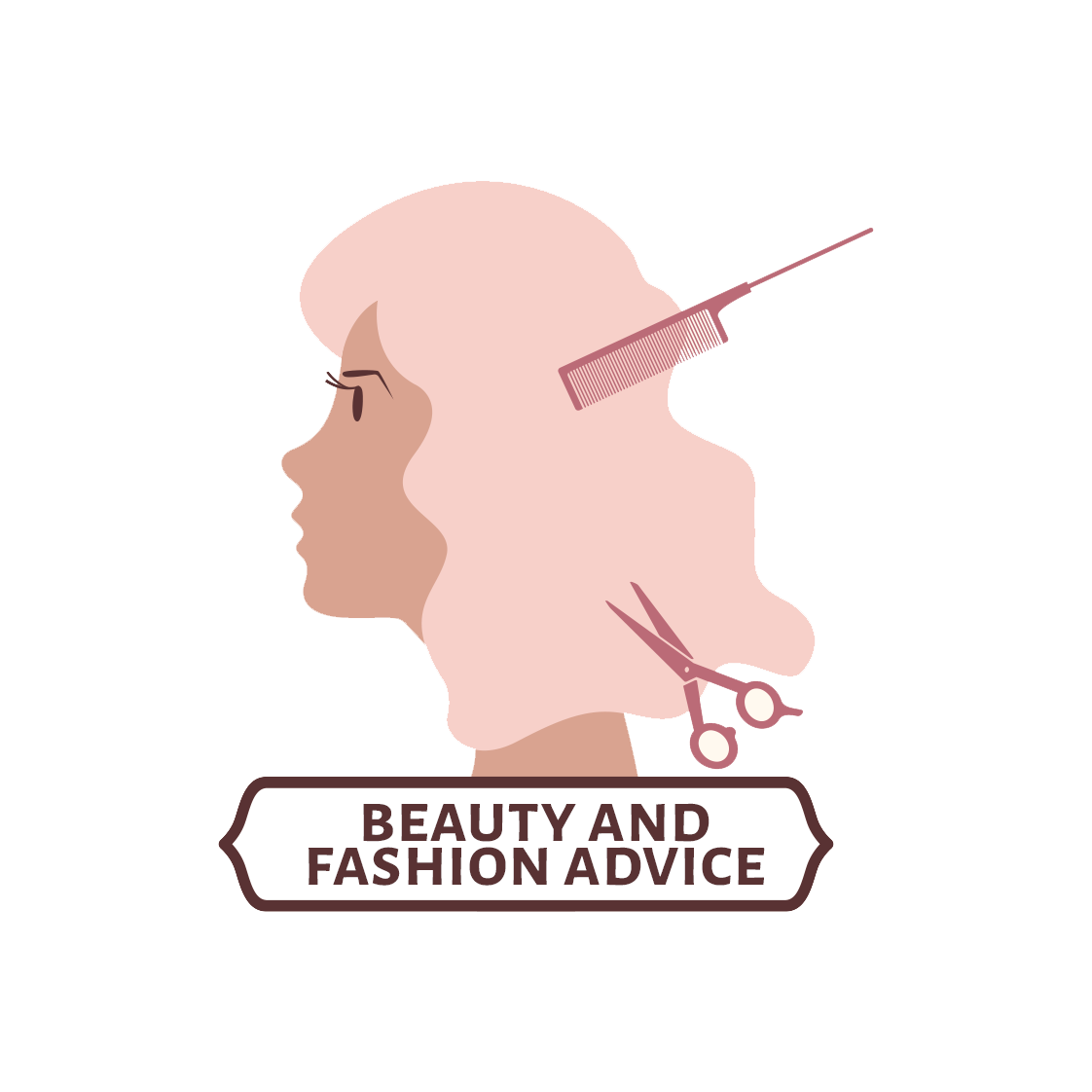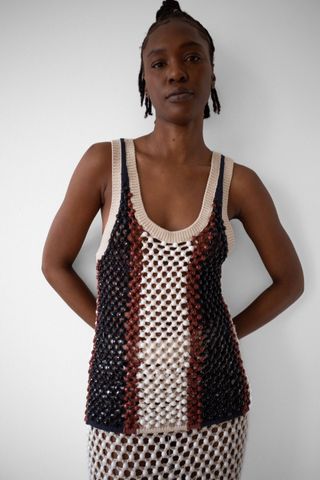Welcome to The Who What Wear Podcast. Think of it as your direct line to the designers, stylists, beauty experts, editors, and tastemakers who are shaping the fashion-and-beauty world. Subscribe to The Who What Wear Podcast on Apple Podcasts and Spotify.
For Rachel Scott, the designer behind Diotima, fashion has always been in her DNA.
When Scott was growing up, her mother had a clothing boutique in Kingston, Jamaica.
“It was the ’80s and ’90s, and so the clothes were fab, and I would play with my mother’s clothes, and I would make doll clothes,” Scott said.
Scott’s love—and skill—for designing clothes expanded in high school when she designed her own outfits for parties.
“It’s not like growing up in the States or in Europe, where you could just go shopping,” Scott said. “That wasn’t a thing when I was growing up. The only way to have a fresh outfit every time I went out was to make something. That’s what I did.”
For the latest episode of The Who What Wear Podcast, Scott shares how she went from working in Milan after college to launching her own brand, Diotima; her tips for transitioning summer pieces into fall; and more.
For excerpts from their conversation, scroll below.
You were born in Kingston, Jamaica, and I’ve read you spent most of your life working toward becoming a fashion designer. I’m curious if you can share with us how you developed the relationship with fashion when you were younger. What drew you in and illuminated this purpose for you?
I think it’s a few things. I know my mother probably would want me to say that it was her, and quite honestly, it probably was her because she had a clothing boutique in Kingston. I don’t know—it was just something I was always a little bit interested in.
It was the ’80s and ’90s, and so the clothes were fab, and I would play with my mother’s clothes, and I would make doll clothes. I think it was really in high school because I just needed to find clothes to wear to parties. It’s not like growing up in the States or in Europe, where you could just go shopping. That wasn’t a thing when I was growing up. The only way to have a fresh outfit every time I went out was to make something. That’s what I did.
Then I became obsessed with fashion magazines, and I would hunt down in Jamaica any international magazine I could find. I started trying to figure out how I would get toward that.
I knew if I wanted to do fashion, it was something that wasn’t really a field you could study or get into in Jamaica. I knew I had to go abroad. Then going abroad, I was like, this is such an incredible opportunity. I need to get as broad of an education as possible.
So I took a really long path to get here.
When you left Jamaica and went to Colgate University, you studied art and French literature. I want to hear about that and how that decision informed your work?
I’ve always been obsessed with language, and I think that’s really how I even view fashion, really. The clothes that we wear are like our vocabulary.
Education in Jamaica is amazing—especially if you are in fields like medicine or law or business. I knew that if I was going to leave and I was going to do fashion, it’s just so all-encompassing. It’s so deeply involved with culture.
I wanted to get as broad of an education as possible.
When I went to Colgate, initially, I actually started studying Spanish because I’d been doing Spanish in high school, but then I got bored.
I thought, well, what’s going to work for fashion? French will be useful and also art will be useful. Also I just love art.
While I was doing that, I was doing coursework during the summer—the first summer at Central Saint Martins and then another summer I did an internship at Vogue and then I did classes at nighttime at FIT.
I just really wanted to get as full of an education as possible.
I love how you style your shoots and your presentations. I’m curious in the styling that you’ve done for those, do you have any tips for transitioning these very summery pieces to fall?
In terms of styling, I must say I’m very lucky to work with amazing people. My stylist, Marika Ella Ames, love her. I’ve worked with some incredible people in the past as well.
Our understanding of seasons and seasonality is a little strange and maybe not realistic anymore. Also, just not sustainable, to be quite honest. I think we need to try and figure out how to wear our pieces year-round.
With the crochet, you can be completely covered in a crochet dress and wear it with a tall boot. What’s the difference between that and some other body-con dress that you’d wear in the middle of winter?
I like to layer the pieces a lot, depending on how comfortable I am with the naked clothes. Just varies depending on my mood.
I love to layer the dress that you’re wearing with trousers, underneath a blazer. I love to mix a crochet with suiting, even if it’s not a blazer with crochet in it.
I think that contrast together is really nice.
I know you always find ways to infuse Jamaican culture in your work, from the techniques to the pieces to the women that you cast in your photo shoots. With New York Fashion Week coming up way too fast, is there anything you can share with us about how the new collection incorporates your heritage? A little sneak peek?
There’s definitely elements of Jamaican culture, but they’re kind of taken out of context. It’s a little bit more amorphous this time. I never want to be literal. I think that’s unnecessary, and I’m not a big fan of nostalgia, in general.
I think that there are really interesting and beautiful elements of the culture that always just come to the fore in my mind—some new developments I’m very excited about that are a bit more approachable in some ways and just some very exciting material developments and silhouettes.
This interview has been edited and condensed for clarity. Next, check out our interview with celebrity hairstylist Scott King.
















